NEW DATA: Two-Thirds Of Consumers Find Restaurant Rewards Impersonal
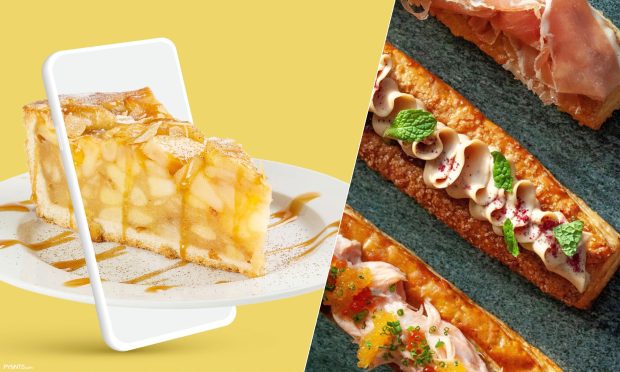
The 12th edition of Delivering On Restaurant Rewards, a PYMNTS and Paytronix collaboration, explores how consumers are using various channels to place their food orders and how they want to interact with restaurants’ loyalty programs. This report provides actionable insights into the importance of offering customers numerous ordering options and rewards programs.
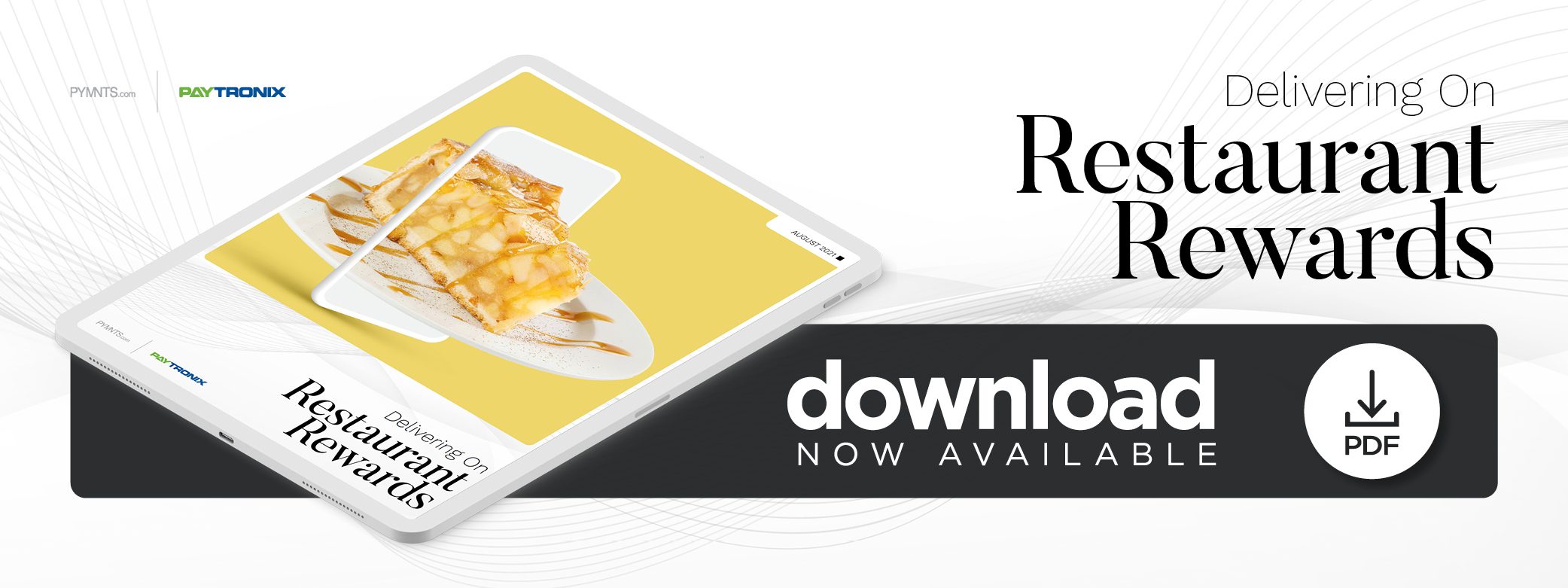 It is common knowledge that restaurant customers regularly use several channels to place their food orders. They might order from home via aggregator one day, switch to using mobile order-ahead to pick up their morning cup of coffee on the way to the office and then dine out the next.
It is common knowledge that restaurant customers regularly use several channels to place their food orders. They might order from home via aggregator one day, switch to using mobile order-ahead to pick up their morning cup of coffee on the way to the office and then dine out the next.
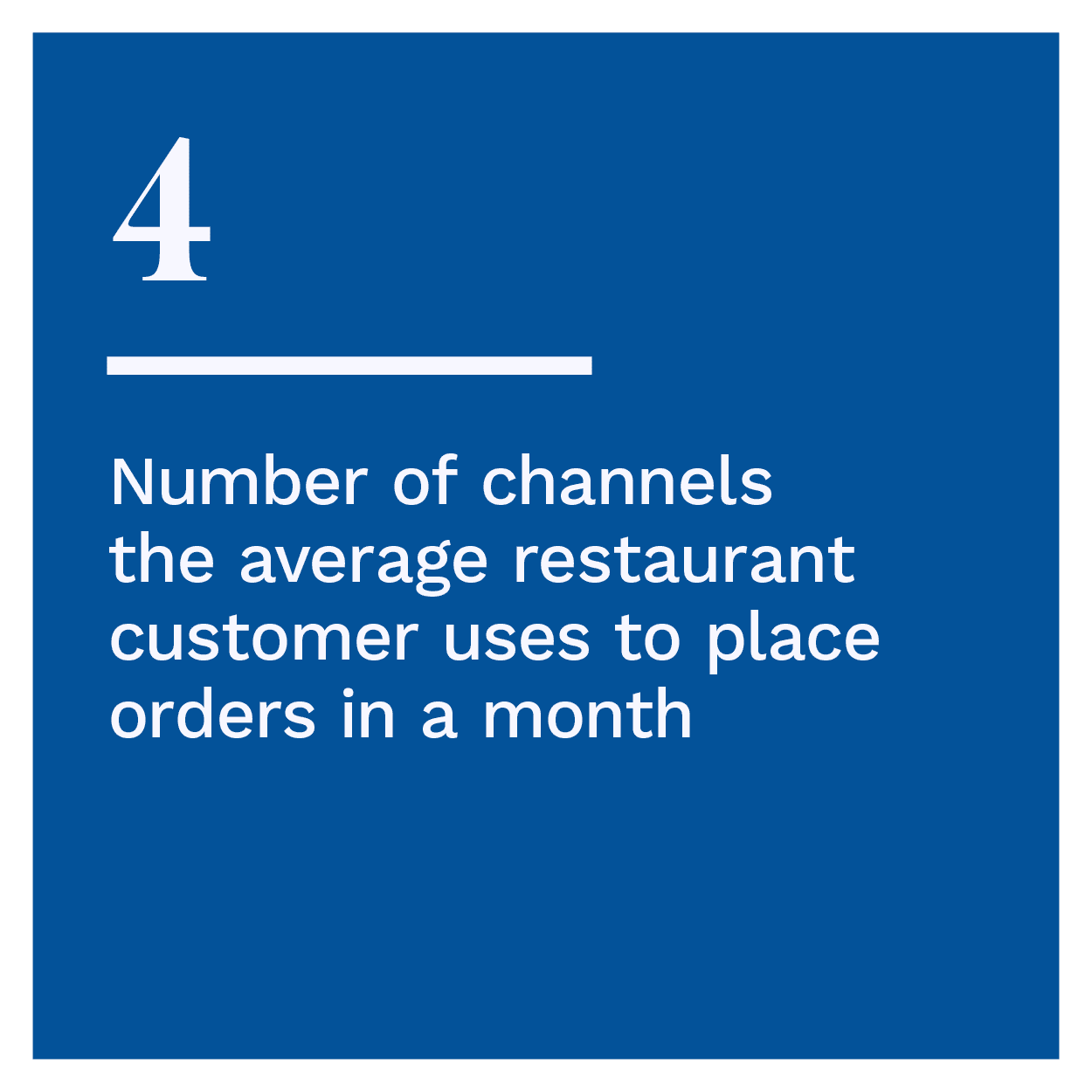 What is less discussed is just how restaurant rewards programs fit into this diverse, omnichannel restaurant market. These rewards programs have come long way from paper punch cards, evolving into a broad and complex ecosystem all their own. Some restaurants offer rewards on old-fashioned cards, while others deliver them via mobile apps. Still others use rewards solutions offered by the aggregators that deliver their orders to consumers’ homes.
What is less discussed is just how restaurant rewards programs fit into this diverse, omnichannel restaurant market. These rewards programs have come long way from paper punch cards, evolving into a broad and complex ecosystem all their own. Some restaurants offer rewards on old-fashioned cards, while others deliver them via mobile apps. Still others use rewards solutions offered by the aggregators that deliver their orders to consumers’ homes.
The catch is that consumers who are signed up for restaurant rewards often want to earn rewards via the same channels they use to place orders, whatever they may be. How can restaurants ensure that they are providing the types of rewards that meet their customers’ demands?
In the latest edition of Delivering On Restaurant Rewards, PYMNTS, in collaboration with Paytronix, explores the multitude of ways in which restaurant customers order food and how it relates to how they want to earn, engage with and use their restaurant rewards. We surveyed a census-balanced panel of 2,072 U.S. consumers about how they place their food orders, whether they use loyalty programs and what they want from those programs to find out how a holistic, omnichannel approach to restaurant rewards can help food sellers drive engagement and maximize conversion.
Consumers’ de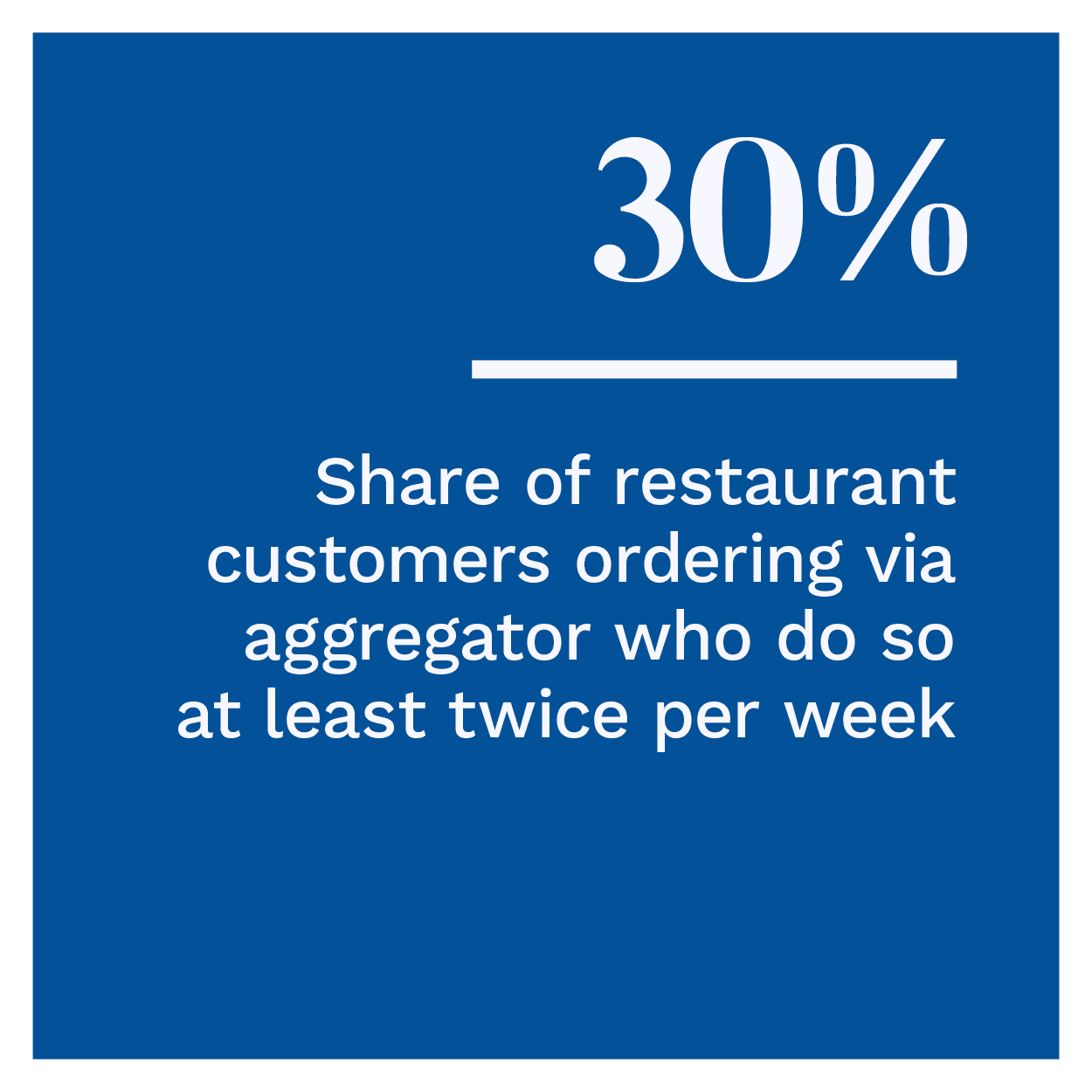 mands from their restaurants’ loyalty programs are as diverse as their preferred ordering methods, with no two wanting to engage with such programs in the same ways — or even wanting the same types of rewards. PYMNTS’ research shows that certain types of rewards are more in-demand than others, however. The most common way that customers want to be rewarded for their patronage is with free food and discounts, with 78 percent and 66 percent of reward users saying so, respectively. This compares to 38 percent who say they want exclusive access to their restaurants and 32 percent who want customized restaurant menus.
mands from their restaurants’ loyalty programs are as diverse as their preferred ordering methods, with no two wanting to engage with such programs in the same ways — or even wanting the same types of rewards. PYMNTS’ research shows that certain types of rewards are more in-demand than others, however. The most common way that customers want to be rewarded for their patronage is with free food and discounts, with 78 percent and 66 percent of reward users saying so, respectively. This compares to 38 percent who say they want exclusive access to their restaurants and 32 percent who want customized restaurant menus.
There is also a great deal of variety in the ways that customers want to earn restaurant rewards. Earning rewards by the dollar and per visit are the most common ways consumers say they want to accumulate rewards, with 72 percent and 69 percent saying so, respectively. There are also many — about 37 percent — who want to be rewarded for providing contact information. Thirty-four percent would even like to be rewarded for boosting restaurants on social media, such as by posting about th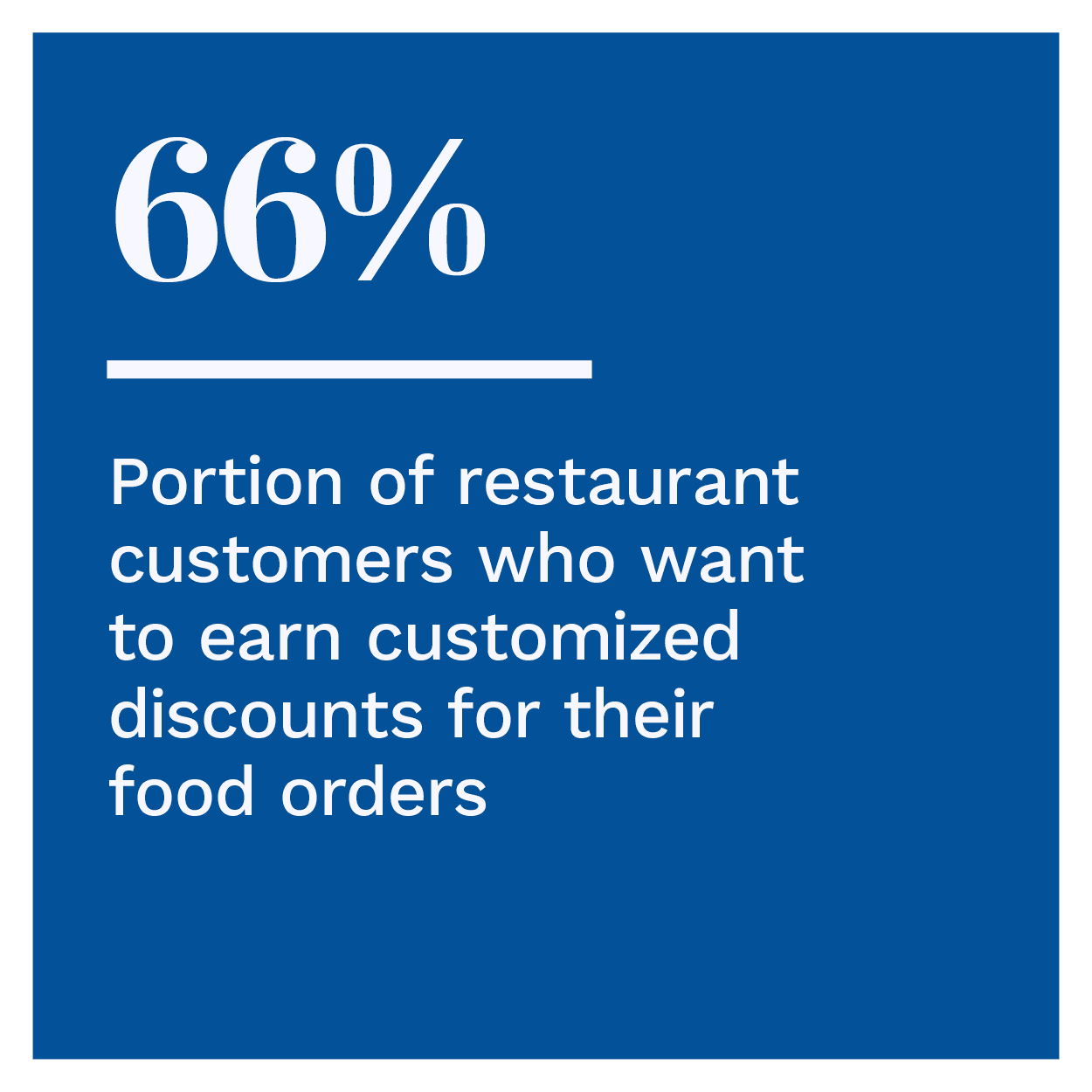 eir dining experiences or writing reviews.
eir dining experiences or writing reviews.
Not all restaurants will benefit from using all these different approaches to rewards, but the fact that their customers express so much interest in a broad assortment of rewards programs shows just how boundless the restaurant loyalty opportunity is. The new Delivering On Restaurant Rewards details just a few of the most popular rewards options in the current restaurant ecosystem and how restaurants can use them to win over more customers.
To learn more about the importance of taking a holistic approach to restaurant rewards, download the report.
